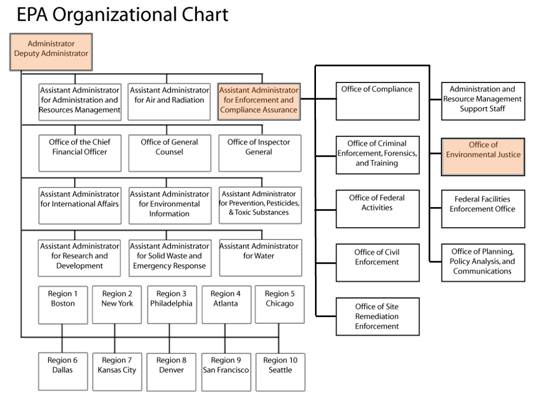

There is also an EU-Japan EPA, which is however symmetrical in opening markets, and thus only an EPA in name.

Their defining characteristic is that they open up exports to the EU immediately, while exports to the partner regions is opened up only partially and over transitioning periods. The EU has signed EPAs with the following countries: the Southern African Development Community (SADC), ECOWAS (16 states), six countries in Eastern and Southern Africa, Cameroon, four Pacific states, and the CARIFORUM states. The EPAs with the different regions are at different states of play. The EPAs date back to the signing of the Cotonou Agreement. They are a response to continuing criticism that the non-reciprocal and discriminating preferential trade agreements offered by the EU are incompatible with WTO rules.
#Epa region x free#
s27-s38.Ĭomments and questions regarding Ecoregions should be addressed to Glenn Griffith, USGS, c/o US EPA.For the free trade scheme between two countries, see Economic partnership agreement.Įconomic Partnership Agreements ( EPAs) are a scheme to create a free trade area (FTA) between the European Union and other countries. Omernik, J.M., 2004, Perspectives on the nature and definitions of ecological regions: Environmental Management, v. Omernik, J.M., Chapman, S.S., Lillie, R.A., and Dumke, R.T., 2000, Ecoregions of Wisconsin: Transactions of the Wisconsin Academy of Science, Arts, and Letters, v. and Simon, T.P., eds., Biological assessment and criteria-tools for water resource planning and decision making: Boca Raton, Florida, Lewis Publishers, p.49-62. Omernik, J.M., 1995, Ecoregions - a framework for environmental management, in Davis, W.S. L., Whittier, T.R., Larsen, D.P., Omernik, J.M., and Hughes, R.M., 1989, Regionalization as a tool for managing environmental resources: Corvallis, Oregon, U.S. Methods used to define the ecoregions are explained in Omernik (1995, 2004), Omernik and others (2000), and Gallant and others (1989).Ĭommission for Environmental Cooperation Working Group, 1997, Ecological regions of North America- toward a common perspective: Montreal, Commission for Environmental Cooperation, 71 p.

Level IV ecoregions are further subdivisions of Level III ecoregions. At Level III, the continental United States contains 104 regions whereas the conterminous United States has 84 (U.S. Level II divides the continent into 52 regions (Commission for Environmental Cooperation Working Group, 1997). Level I is the coarsest level, dividing North America into 15 ecological regions. A Roman numeral hierarchical scheme has been adopted for different levels for ecological regions. The relative importance of each characteristic varies from one ecological region to another. The approach used to compile this map is based on the premise that ecological regions can be identified through the analysis of patterns of biotic and abiotic phenomena, including geology, physiography, vegetation, climate, soils, land use, wildlife, and hydrology. These general purpose regions are critical for structuring and implementing ecosystem management strategies across federal agencies, state agencies, and nongovernment organizations that are responsible for different types of resources within the same geographical areas. They are designed to serve as a spatial framework for the research, assessment, management, and monitoring of ecosystems and ecosystem components. Ecoregions denote areas of general similarity in ecosystems and in the type, quality, and quantity of environmental resources. Ecoregions by EPA region were extracted from the seamless national shapefile.


 0 kommentar(er)
0 kommentar(er)
